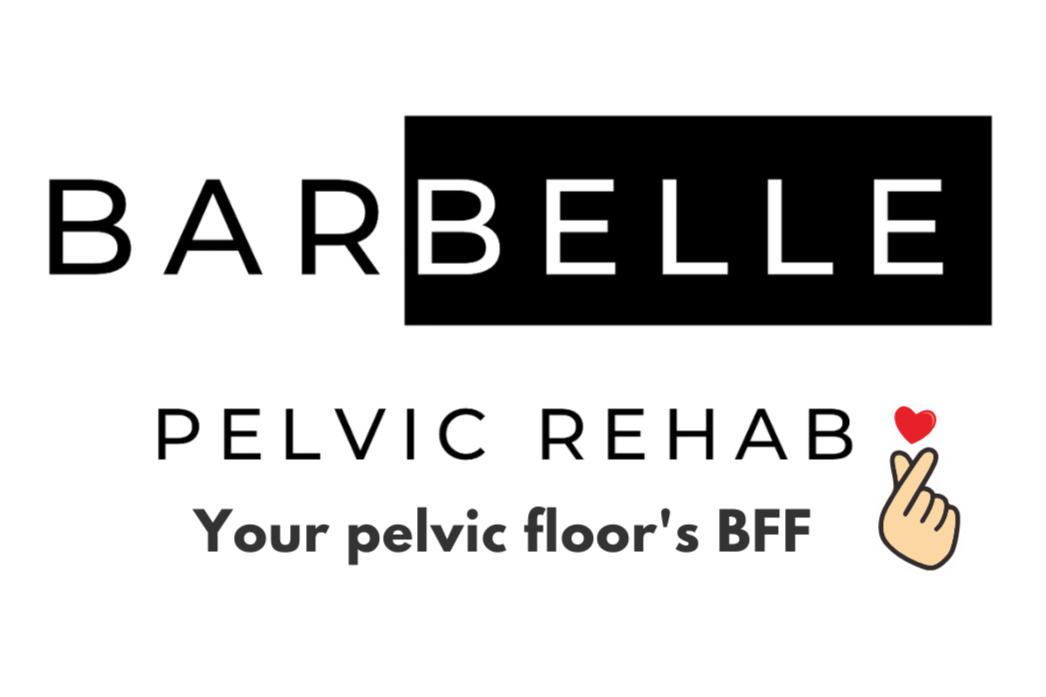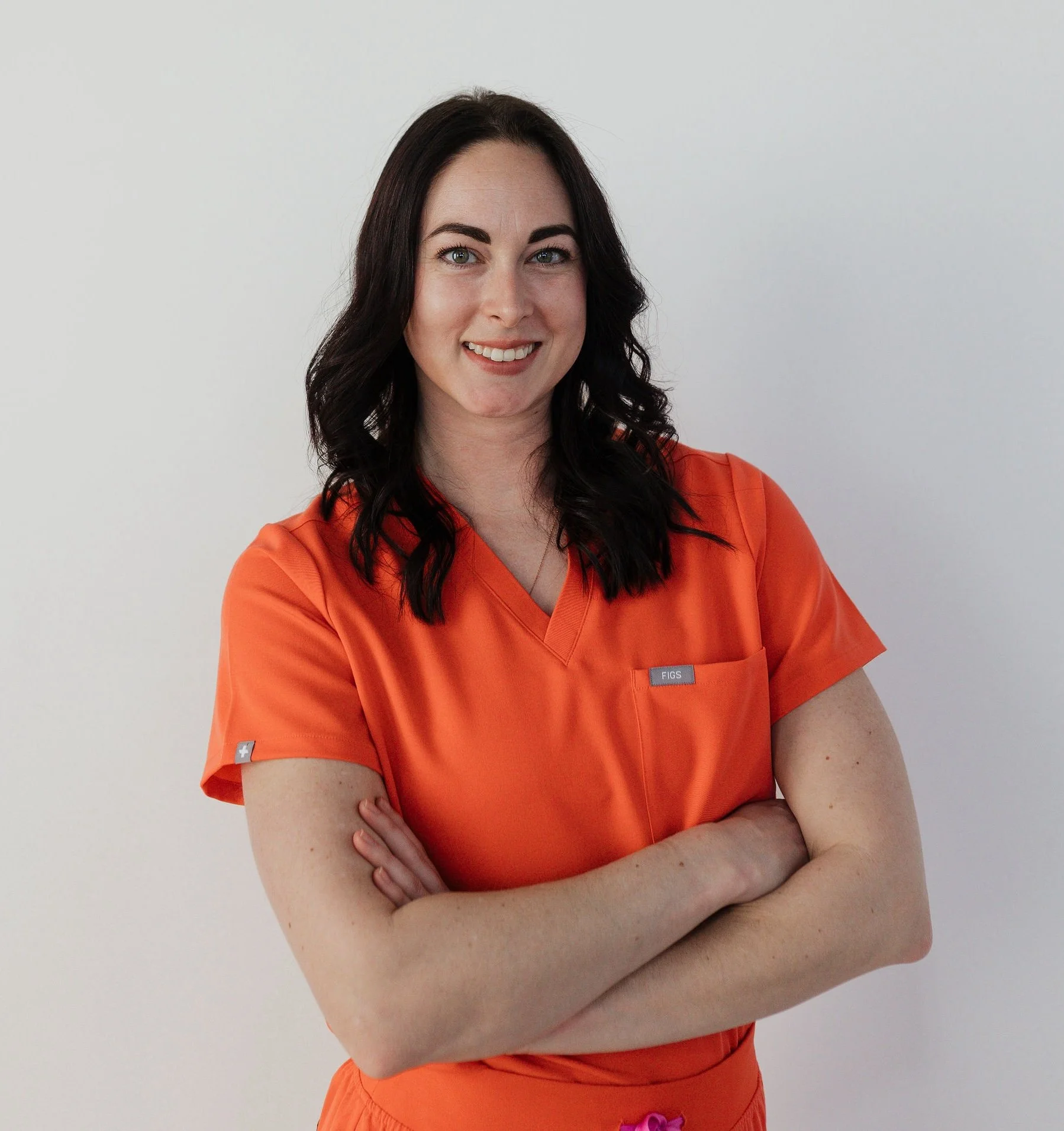Pediatric Pelvic Floor Physical Therapy
Pediatric Pelvic Floor Physical Therapy
Pediatric Pelvic Floor Physical Therapy
Pediatric Pelvic Health
Pediatric Pelvic Health
Pediatric Pelvic Floor Physical Therapy in Canton, GA
Watching your child suffer with bowel and bladder problems is difficult.
This is for them and for you.
What we treat & how
-
What is Urinary Incontinence (Bladder Leakage)?
Uncontrolled urine leakage that may be continuous or occur intermittently throughout the day. It can be classified as primary (in children who have never achieved daytime dryness) or secondary (in those who were previously dry but developed incontinence later).
What Causes Urinary Incontinence?
Primary incontinence can result from weak or uncoordinated pelvic floor muscles, constipation, poor bladder sensation, anatomical abnormalities in the ureters or urethra, or nerve damage. Secondary incontinence may be triggered by life changes such as a new sibling, family stress, or moving.
Treatment Approach
Understanding the cause of incontinence is key to treatment. Your therapist will assess your child’s bladder habits and address issues like pelvic floor coordination, constipation, diaphragm control, and interoception (sensation of an urge). If needed, further testing may be recommended to rule out anatomical or nerve-related causes.
-
What is Enuresis?
Enuresis is defined as intermittent incontinence episodes that occur while sleeping. This is typically diagnosed after the age of 5 as bedwetting is considered typical until the age of 6.
What Causes Enuresis?
Enuresis is caused by many factors including decreased sensation of a full bladder while sleeping, obstructive sleep disorder/condition, decreased hormone production that helps with fluid retention overnight, decreased coordination of pelvic floor muscles, and decreased bladder capacity.
Treatment Approach
Your therapist will first seek to rule out any hormonal causes of enuresis. They will then work with parents to identify details about when leakage occurs in order to create a void schedule to slowly increase bladder capacity in addition to training coordination of pelvic floor muscles. The child will also learn how to effectively sense an urge to urinate to reduce the frequency of early morning leaks.
-
What is constipation?
Constipation is the retention of feces in the rectum and associated with difficulty emptying bowels. Stool is typically hard but can also fluctuate between hard and diarrhea types. The rectum can become enlarged if constipation has been present long enough which can lead to decreased sensation in the rectum and bowel leaks.
What causes constipation?There are many causes to constipation, one misconception is that if your child has a daily bowel movement that they are not constipated. Common causes of constipation include inadequate fiber intake, dehydration, lack of physical activity, difficulty with coordination of pelvic floor muscles, food intolerances/allergies, and sensory aversions.
Treatment Approach
The primary focus of treating constipation is to promote improved transit of stool in the intestines, decrease straining when bowel movements occur and appropriate positioning when having a bowel movement to promote effective emptying. This is addressed with assessment of fluid intake, fiber intake, coordination of pelvic floor muscles, sensory training, physical activity, and appropriate coordination of diaphragm.
-
What is Urinary Urgency?
A sudden, intense urge to urinate, often with bladder pressure or discomfort. May or may not be accompanied by urinary frequency and/or leakage.
What Causes Urinary Urgency?
UTIs, constipation, and overactive bladder are common causes, but anxiety, high fluid intake, and certain foods that cause bladder inflammation/irritation can also contribute.
Treatment Approach
Your therapist will work with you and your child in identifying the cause of the urgency, which starts with checking for constipation and reviewing diet and fluid intake. Treatment also focuses on improving pelvic floor muscle coordination with core and diaphragm strengthening.
-
What is dysmenorrhea (painful periods)?
Dysmenorrhea is pain during menstruation often accompanied by lower abdominal cramps, back pain, leg pain, muscle weakness, nausea, and/or fatigue. Primary dysmenorrhea is common in teens with no underlying cause. Secondary dysmenorrhea is caused by conditions like endometriosis or fibroids.
What causes dysmenorrhea?Primary dysmenorrhea is common in teens caused by hormonal changes related to increased prostaglandins, a hormone that can cause uterine contractions and abdominal cramping. Secondary dysmenorrhea is caused by conditions like endometriosis, fibroids, or pelvic inflammatory disease
Treatment ApproachCoordination training of pelvic floor muscles to relax to reduce muscle tension and pain, massage techniques to release muscle spasms and self management of abdominal pain, central nervous system calming, diaphragm training to assist with muscle tension and pelvic floor coordination, adjusting body mechanics to help reduce strain on pelvic floor muscles.
*Note this is not a potty training service.
FAQs
What do sessions typically look like?
The first visit is an evaluation where your therapist will be gathering information from history of the condition, prior testing, diet and fluid intake, bowel movement history, reflexes, breathing, and a fully clothed assessment and/or an external only pelvic floor evaluation with parent present.
How long are the sessions?
The sessions are child focused and educational. They last 1 hour in total in our office. We recommend in person sessions and require the first visit to be in-person. We offer virtual sessions and your therapist will help you decide if this is an option for you or if in person would be better.
How often are follow ups?
It depends on your child’s condition. You therapist will thoughtfully share their best estimate with you at the first visit.
Does it require work at home?
Yes, homework and routine lifestyle changes can be a large part of recovery. Those who are able to implement these changes see better overall and lasting results.
Meet our pediatric pelvic health physical therapist
-
Dr. Aubrey has 3 years of exclusively treating developmental pediatrics and is now leading our pediatric pelvic health program. She has undergone advanced training in pediatric pelvic health and brings her passion and knowledge into helping parents and their children get the their best outcomes.
She brings her warm and energetic personality to her care with her patients.
How it works
Book a Free Call
We know it's 2025… but we want to make sure it’s a good fit. You can book your first evaluation appointment on this call. Whew… are you feeling better already?Evaluation
Come in for a 1:1 session with your physical therapist to determine your unique root cause, come up with a plan, find the hope and accountability you need, and start treatment day one.Treatment
Follow up your pelvic floor physical therapist so we can progress you and help you work through our evidence-based method so you can kiss your pelvic floor woes good-bye for good.


